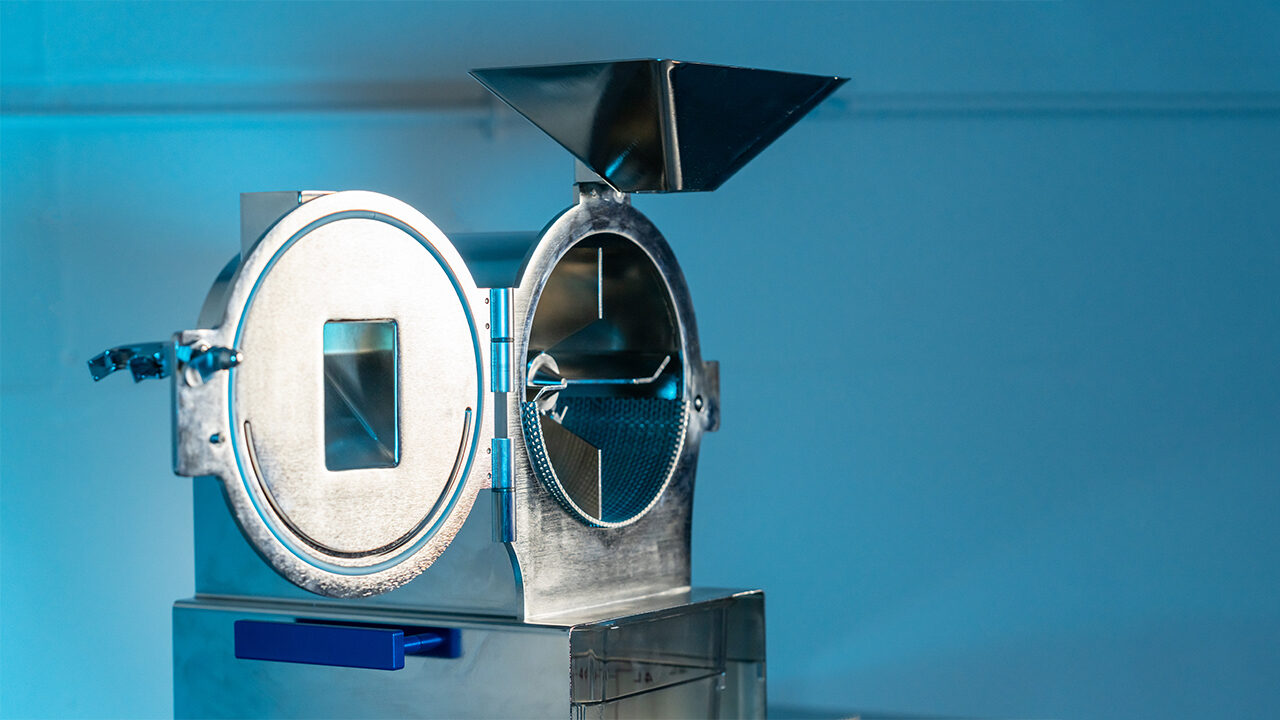Different Routes Lead To New Growth In Your Greenhouse
We’re beginning to see the signs of warm days ahead here in Ohio after another record-breaking winter of cold temperatures that are better suited to Alaska. One bright spot for me this time of year is the arrival of my seed catalogs. If you can’t see your garden for the heaps of snow and ice, the next best thing is to browse through a catalog and dream about which new flowers and vegetables will grace your yard come spring.
This year, my husband Greg plans to thwart the deer and other critters that run rampant in our yard and gain some extra growing space by using an old treehouse platform for a small vegetable garden, basically a raised bed taken to the extreme. It’s a new way of growing vegetables for sure, but why not take that route. If it works, we’ll have gained a new garden bed and enjoy fresh tasty vegetables this summer while the wildlife looks to other means for their annual buffet.
Greg still has some logistics to work out, first and foremost how to get water up there, but I applaud him for taking a different path to explore new possibilities and enlarge our growing space.
Unexpected Growth Awaits When You Take A Different Path
Likewise, when Bob and Jesse Kilgore, owners of Brogue Hydroponics, wished to expand their vegetable operation, they took a different route to find a sustainable solution to limited production space — aquaponics. In “Aquaponics Is Making A Splash At Brogue Hydroponics,” Contributing Editor Brian Sparks shares how this path has led to new marketing and production opportunities for the company.
Insect control is a two-fold problem for Brogue Hydroponics because the fish and vegetables it grows eventually end up in consumers’ hands. Like other vegetable growers, it employs a combination of conventional materials, organic-approved products and beneficial insects and biological controls to fight pests and disease.
A recent Greenhouse Grower survey of more than 156 ornamental plant and flower growers across the U.S. indicated that 85 percent of growers used biocontrols in 2014. The survey results, shared in “Survey Snapshot Shows Biocontrols Mainstreaming,” marks the beginning of a special biocontrols section, which talks about how growers and chemical protection companies are successfully implementing biocontrols in their operations. Also, see “Manufacturers Take Biologicals To Next Level” and “Biocontrols Use Requires Commitment.”
Biocontrols factor heavily into discussions involving bee health and the use of pesticides because they offer alternatives for growers who are trying to balance environmental stewardship with successfully growing crops. Discover ways to do both while reading “Protecting Bees And Protecting Pollinators: 10 Ways To Cover Both Bases” and “Pollinator Initiative Promotes Bee-Friendly Talking Points,” where Editor Laura Drotleff will update you on AmericanHort and the Society of American Florists’ progress with the industry’s pollinator initiative.
Whatever road you take, whether the well-worn path or the untrodden one, I hope it’s your pathway to growth, and most important, that you enjoy the journey.










